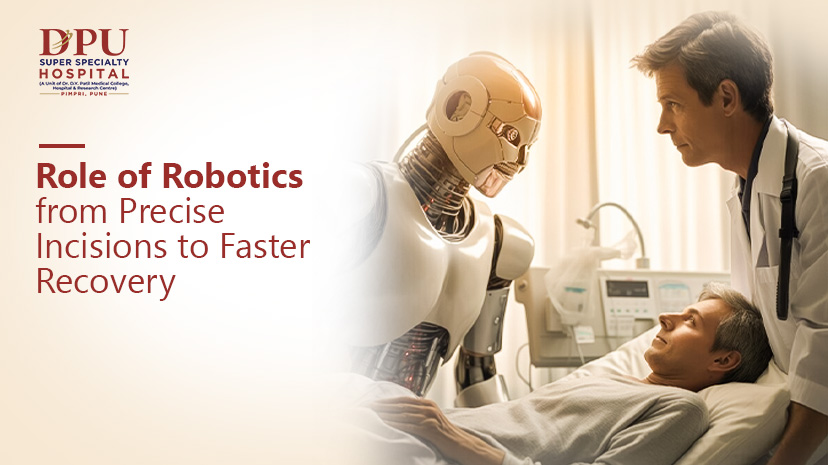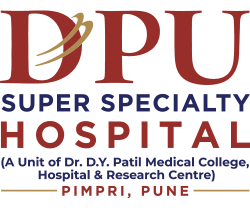Role Of Robotics From Precise Incisions To Faster Recovery

The word "robot" resembles a humanoid machine that can converse with you or is plotting to take over society. At the same time, everyday robots are less dramatic and more helpful in movies. Robots increase the precision of complex actions, including surgical procedures or plasma welding.
Robotic surgery has been around since the 1990s. However, over the past 15 years, robotically assisted surgeries have become increasingly popular worldwide as they offer increased surgical precision, visualisation and flexibility for surgeons, shorter recovery time and less pain for patients.
What is robotic surgery?
No need to be alarmed. The robot isn't operating on its own. Instead, the surgeon uses a robotic platform, like other equipment and technology, as a tool during the procedure.
The surgical robot has interactive arms used as extensions by the surgeon. These arms equipped with surgical tools and cameras can suture, dissect, clamp and manipulate tissue.
Like laparoscopic surgery, the surgeon makes small incisions and inserts the interactive arms. Surgeons can access a high-definition, 3D view of the surgical site through the console.
Today, robotic surgery is usually performed in a minimally invasive manner. Even though it's less common, it can also be used in traditional open surgical procedures.
Conditions treated using robotic surgery include:
Cosmetic surgery procedures address physical features that make you self-conscious. This procedure brings you closer to your ideal body image. This surgery changes features like:
- Hernia Surgery
- Gall Bladder Surgery
- Urological Surgery
- Bariatric Surgery
- Cardiac Surgery
- Kidney Transplants
- Liver Transplants
- Gastrointestinal Surgery
- Hepatobiliary Surgery
Benefits of robotic surgery
Faster recovery is the primary benefit of robotic surgery for patients. This output enables patients to return to daily activities sooner than traditional surgery.
Robotic surgeries have fewer complications and result in more minor scars. Finally, patients report less pain and lose less blood during the procedure.
A surgical robot enhances flexibility, control, and precision during the operation, allowing surgeons to see the surgical site better than traditional techniques. The robotic arms have a more excellent range of motion than the human wrist. Therefore, surgeons can successfully operate on complex parts with less disturbance to surrounding tissues.
This speeds recovery and lessens the pain of surgery for the patient. Robotic surgery makes possible delicate and complex procedures that may have been difficult or impossible with other methods. Finally, it's more comfortable for the surgical team because the robot does the stretching and bending necessary to access complex surgical sites. This can reduce injury risk and extend the life of a surgeon's career.
In the ever-evolving landscape of medical advancements, robotics technology has emerged as a game-changer in surgery. DPU Super Specialty Hospital, Pimpri, Pune, recognised as one of the leading hospitals for robotic surgery in India, has harnessed the power of robotics to elevate surgical precision & excellence.
With a dedication to delivering the highest standard of care, DPU Super Specialty Hospital, Pimpri, Pune, has embraced robotic surgery, empowering its highly skilled specialist doctors to enhance their surgical capabilities and patient outcomes.
Enhanced precision and control:
Minimally invasive procedures:
Unparalleled visual clarity:
Artificial intelligence & machine learning:
To conclude, a robotic revolution in the Indian healthcare industry is more than just technology and innovation; it's about changing lives and spreading hope. So, when it comes to your well-being, picking a hospital that genuinely cares about your safety becomes crucial. DPU Super Specialty Hospital not only believes in this but sets a standard for it!









